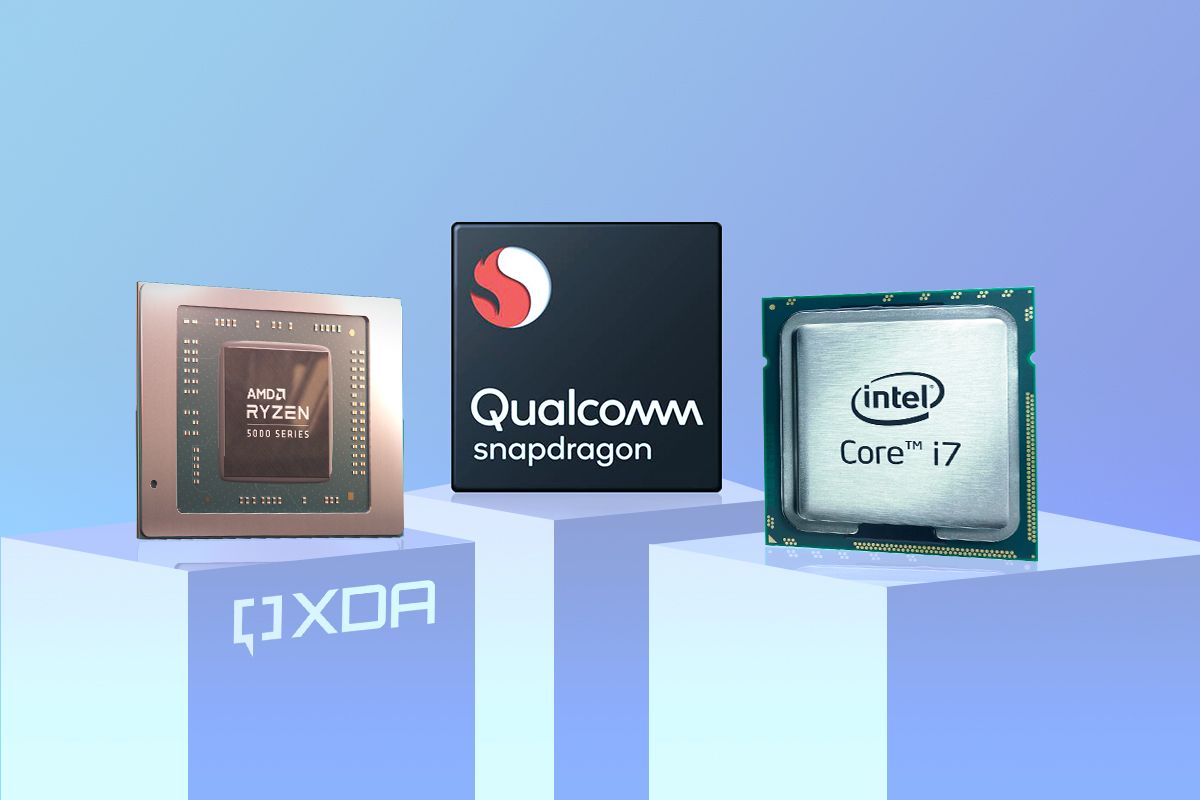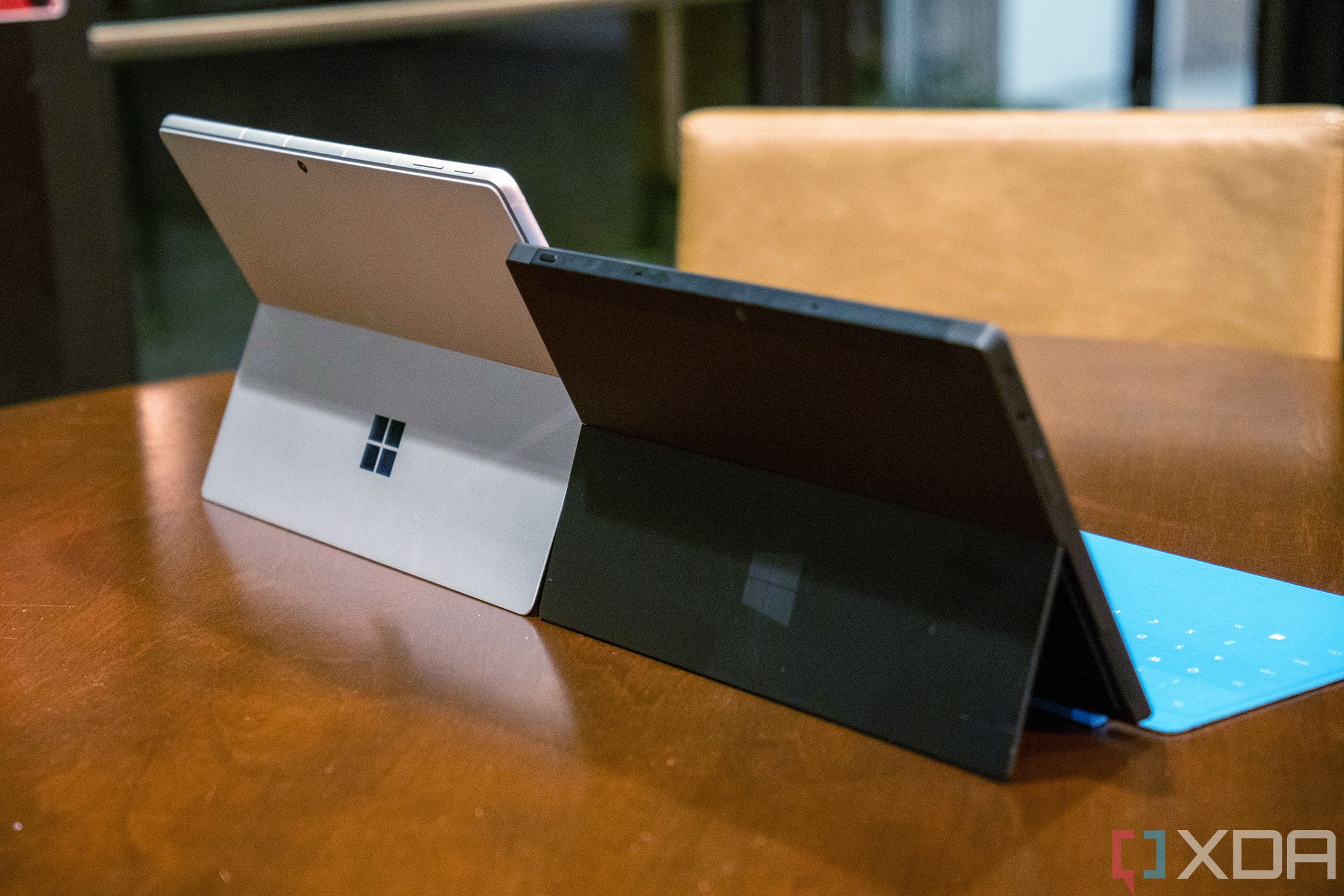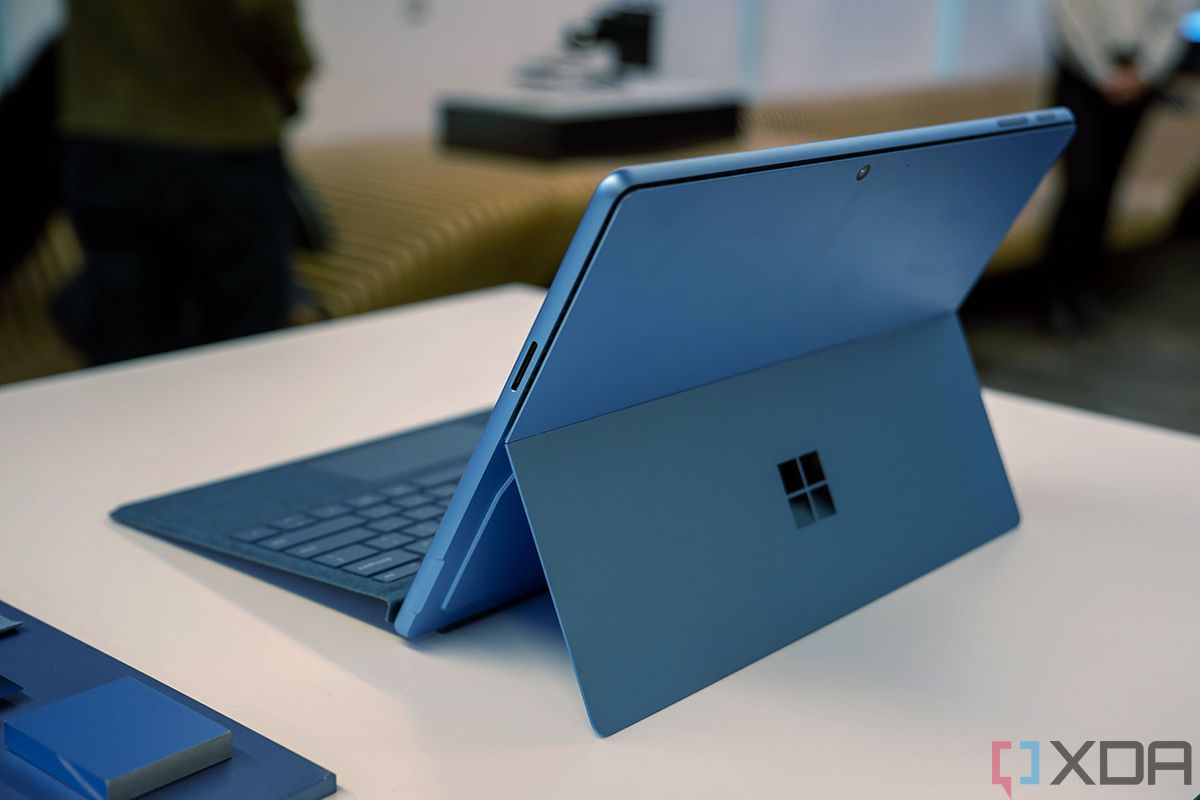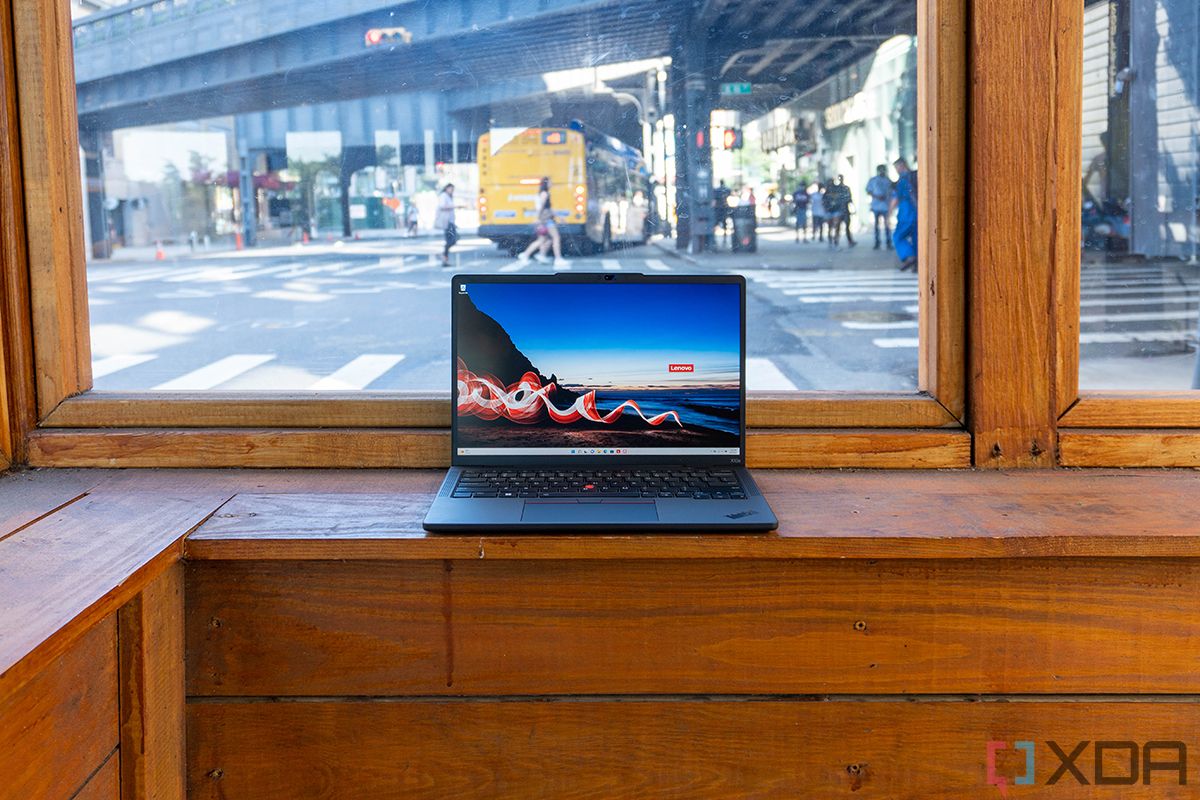After attending MediaTek Executive Summit in Sonoma, Calif., I packed my bags to head to Qualcomm's Snapdragon Technology Summit in Maui. Right before I headed off to the airport, I went to grab something from my bag. Then, I had that dreaded yet familiar feeling.
The inside of this bag feels really warm.
Sure enough, the Razer Blade laptop I was carrying somehow woke up in my bag, and the battery died. Being a powerful laptop, I couldn't use a regular old 65W USB Type-C charger somewhere along the way. The laptop was dead, and it was time to hit the road.
Having just spoken with MediaTek and on my way to speak with Qualcomm, it was fresh on my mind that this doesn't happen with Arm laptops. But unfortunately, if I want to ditch Intel, there just aren't any solid Windows alternatives.
The problems with Intel laptops
Obviously, Intel is the standard when it comes to Windows; no one ever got fired for buying an Intel laptop. Everything that's made for Windows works just fine on an Intel chip, and that's by design. Intel owns most of the Windows market, and some of the best laptops you can find have Intel Inside.
Despite its dominance, the product isn't perfect. Battery life remains a challenge, and it's a talking point with each new generation. Indeed, the 2013 Microsoft Surface Pro was criticized for its poor battery life and third-generation Intel processors, and the Surface Pro 2 was meant to get a big boost with Intel's fourth-gen Haswell processors. This talking point still hasn't gone away, though, because frankly, things haven't gotten much better.
The Intel laptops I review get between four and six hours of battery life, which means that in terms of real-world usage, not much has changed since the days of Haswell. The scenario that I described above is not uncommon. Intel has been trying to get sleep to work for nearly a decade now with features like instant wake, connected sleep, and so on, but it can't. No matter the laptop, if you keep the lid closed with the power turned on, you'll occasionally hear the fan spin up, and you'll never know why.
Intel has been trying to do better, mainly because it's under threat from Qualcomm. That's why we see a hybrid architecture in 12th-generation processors, an idea that Intel borrowed from Arm chips for better power management. However, it still seems like every time we hear about new features, they're all about trying to hide the fact that Intel just can't do good battery life.
The Surface Pro 8, for example, came with a 120Hz display, which kills the battery on Intel PCs. It shipped at 60Hz by default, so you had to choose between a good experience and stronger battery life. Microsoft enabled dynamic refresh rate between 60Hz and 120Hz later through a software update. Still, the Qualcomm-powered Surface Pro 9 with 5G ships at 120Hz by default, and the battery life is awesome.
There are all kinds of tricks to save power. Some laptops use sensors to detect when you walk away from your PC, either putting it to sleep or dimming it. Dell has a feature that lets you tell it what apps you use the most, and it will tune your battery for that.
So you can see why it's frustrating that we can't just use an Intel laptop with features that improve the experience turned on without worrying about battery life. This is a problem that gets solved with Arm chipsets.
AMD isn't the solution
While we would love to just go to AMD, it has its own struggles. The experience on AMD laptops is great — as long as you're connected to power. Once you disconnect, performance drops significantly, making these laptops tough to recommend. After all, if you're connected to power all the time, you'd probably just get a desktop. It can't be a viable alternative for this one critical reason.
Qualcomm isn't doing enough
The road to Windows on Arm has been a bumpy one, with apparent missteps from all involved. The idea was first announced at Snapdragon Summit 2016, with devices shipping with the Snapdragon 835 chipset after Snapdragon Summit 2017. Shortly after the Snapdragon 850 launch, and by the time Snapdragon Summit 2018 rolled around, Qualcomm was ready to launch the Snapdragon 8cx, its first chip that was built from the ground up for laptops. (The 'x' stands for extreme!)
While the Snapdragon 8cx was meant to compete with the Intel U-series Core i5 of the day, it didn't ship for another year, therefore falling behind quickly. It wasn't until Snapdragon Summit 2021 that we got a proper refresh of the chip, the Snapdragon 8cx Gen 3 (Gen 2 was a clock speed bump, and it would have been called a '+' model under a different brand).
The Snapdragon 8cx Gen 3 was announced at the same event as the Snapdragon 8 Gen 1, but it was already a year behind. It uses Cortex-X1 cores instead of Cortex-X2, it doesn't support USB4, and it doesn't support DDR5/LPDDR5 memory.
And Qualcomm isn't refreshing it this year.
That means that if you want a Windows on Snapdragon PC, you're stuck with two-year-old cores for another year, which means they'll be three years old by the time you get to them. AMD and Intel, as has been the case throughout 2022, will be the only ones offering USB4 and LPDDR5 through 2023.
Qualcomm's value proposition will continue to be with battery life, but right now, there isn't much else. It seems that 2024 will be the big year for Windows on Arm, and it's basically saving up for a big-bang release.
Personally, I was hoping for a Cortex-X3 chip with USB4 and LPDDR5 support, but we're going to have to wait for the new Oryon cores, which are custom Arm designs, similar to how Apple makes its custom M-series chips.
MediaTek isn't there yet
At MediaTek Summit 2021, the company confirmed its desire to be in the Windows space. At this year's conference, it took that one step further, saying that it has concrete plans to do so.
The same roadblock remains in place, though. Microsoft and Qualcomm have a top-secret deal that makes Qualcomm the only chip vendor for Windows on Arm devices. That deal will expire, but no one seems to know when.
Indeed, when that deal does expire, the business should start to heat up (not literally, as the PCs would actually be cooler). Other Arm chip manufacturers could get involved, and Microsoft would likely open up Windows to where it could be used more easily on an Apple Silicon Mac.
As it stands right now, though, MediaTek is laser-focused on Chromebooks. It's shown that it can compete in computing, but for now, it doesn't have a presence in the Windows space.
In the meantime... buy a Mac?
To be clear, I don't buy Macs. I'm a Windows user. But let's make a quick checklist of things that you want from a great PC:
- Performance
- Battery life
- Thermals
- Compatibility with apps and peripherals
- A thin and light form factor
Intel really nails down performance and compatibility, but it struggles with everything else. There are thin and light form factors, but they still have loud fans and different tricks to keep cool. Qualcomm can do great battery life, thermals that mean the PC doesn't get hot, and thin and light form factors that just can't be done with Intel.
Apple is the only one that's doing all of the above. Take a look at the Mac Studio with Apple's M1 Ultra. You can't build a PC with that much power in that kind of chassis with an Intel processor and dedicated graphics.
These are the kind of PCs that we need to see. We need mini desktops with maximum power, and we need laptops that are thin and fanless without sacrificing performance.
Sadly, 2023 isn't the year for that. Qualcomm didn't announce a new chipset this year, but it will be a big release next year, so stay tuned. Windows users are about to be able to enjoy all the benefits that Macs are seeing.




